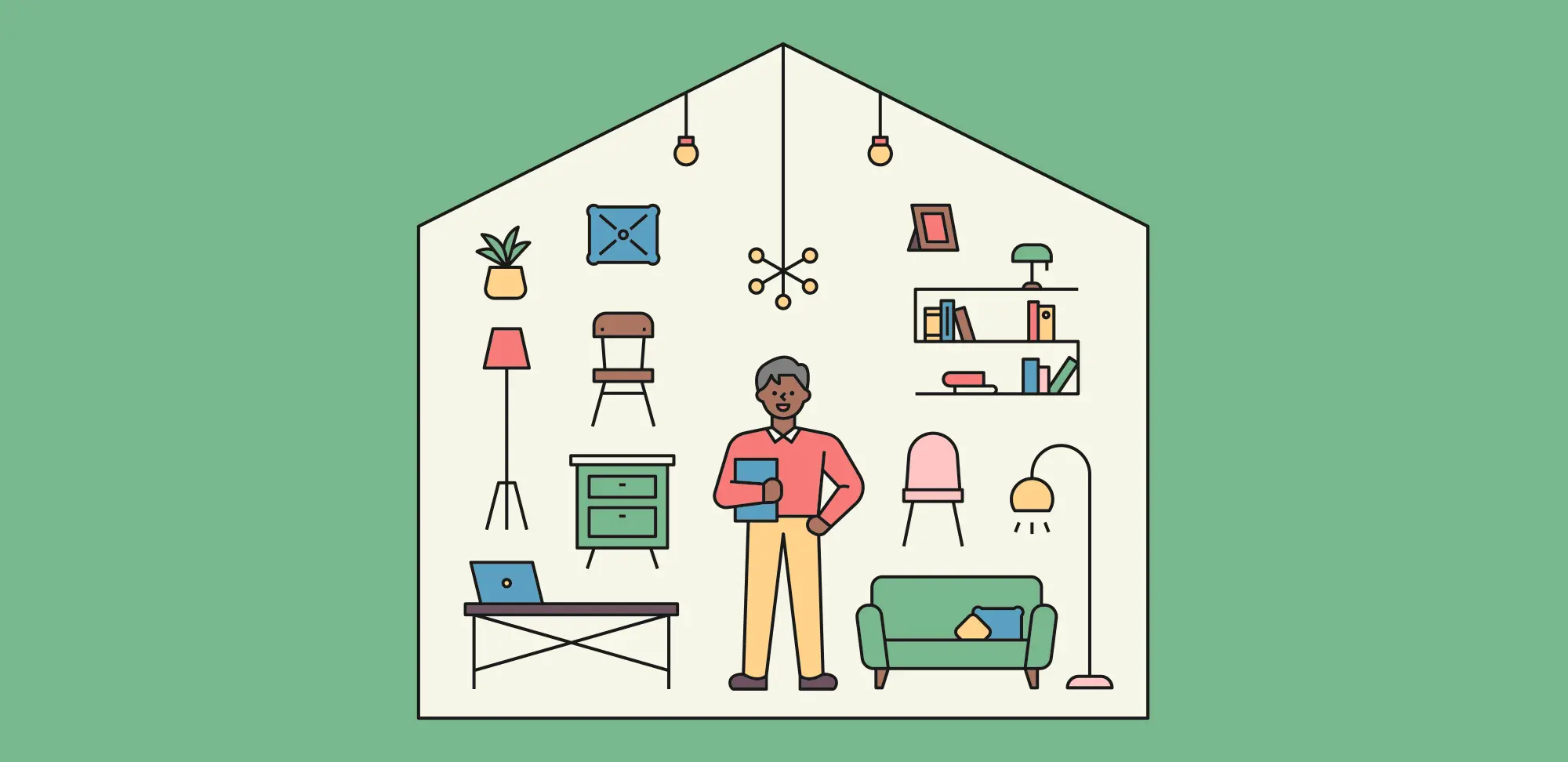Stats show that when people retire, their spending only nudges down about 10 to 15 per cent relative to what it was during their working years. It’s a myth that retirees spend considerably less money. How they spend it shifts, though, to travel, medical expenses, grandkids and the like.
Translation: If your total retirement income from your monthly pension, investments (such as a registered retirement income fund, or RRIF) and other sources of revenue (such as rental properties or side hustles) doesn’t add up to 90 per cent of your pre-retirement total, you may be underprepared.
Take 10 deep breaths if this is you, because there’s another option you can explore to shore up your retirement nest egg. Ready? If you are a homeowner with a low (or no) mortgage, you can downsize to unlock the equity in your primary residence.
First, get clear about your potential net payout. Start with an assessment of your property’s value. This is best done through a real estate agent you trust, but you can also look at comparable listings on realtor.ca.
With the valuation in front of you, deduct any transaction fees (lawyers, taxes and real-estate commissions) as well as any lingering mortgage and home equity line of credit (HELOC) balances. If you owe money for consumer purchases, such as credit card balances or car loans, deduct those too. (Having consumer debt in retirement is not a good idea.) Your expected net payout is the number that’s left over.
This is the amount of money you’ll have to put toward a downsized home purchase and to beef up your retirement nest egg, which is the goal. If your net proceeds are large — maybe you’ve been living in a hot real estate market — downsizing is worth exploring.
If you pursue this option, my advice is to scale back your next home purchase in a meaningful way. Then you can put a good chunk of your equity to work — hundreds of thousands of dollars of it, in fact. For context, every $250,000 you add to your retirement nest egg and invest in a fixed-income-based portfolio that produces a 4.75 per cent annual rate of return gives you a monthly income stream just shy of $1,000.
Here’s how to calculate your potential investment income over time: Multiply the investment cost by the yield to get the amount of annual income. Continuing with the example above, if your incremental investment from downsizing is $250,000 and yields 4.75 per cent annually, your investment income will amount to approximately $11,875 per year. And you won’t have to dip into the capital to get it; that’s just the income.
If your monthly retirement income is at a less-secure level, you’ll naturally want to bank more of that equity and put it toward building up your nest egg. It’s important to consult your financial planner or investment adviser before downsizing, because the additional investment from the net proceeds should be considered in the context of your total investment portfolio.
Once you choose this strategy, you’ll want to research the prices and locations of downsized homes that interest you. Ask yourself: What’s going to make me happy and serve my retirement needs?
The downsizing strategy has other benefits too. Having a smaller home means lower utility bills, fewer “things” to manage, easier maintenance and less stress. You will have to adjust to a new, smaller lifestyle, of course, but embracing this change could be great for you and your nest egg.
There are certainly other options that allow you to scoop equity from your primary residence and support your living costs in retirement, such as refinancing or securing a reverse mortgage or HELOC. But these solutions are forms of debt, which, in the vast majority of cases (though not all), you’re better off getting rid of permanently.










